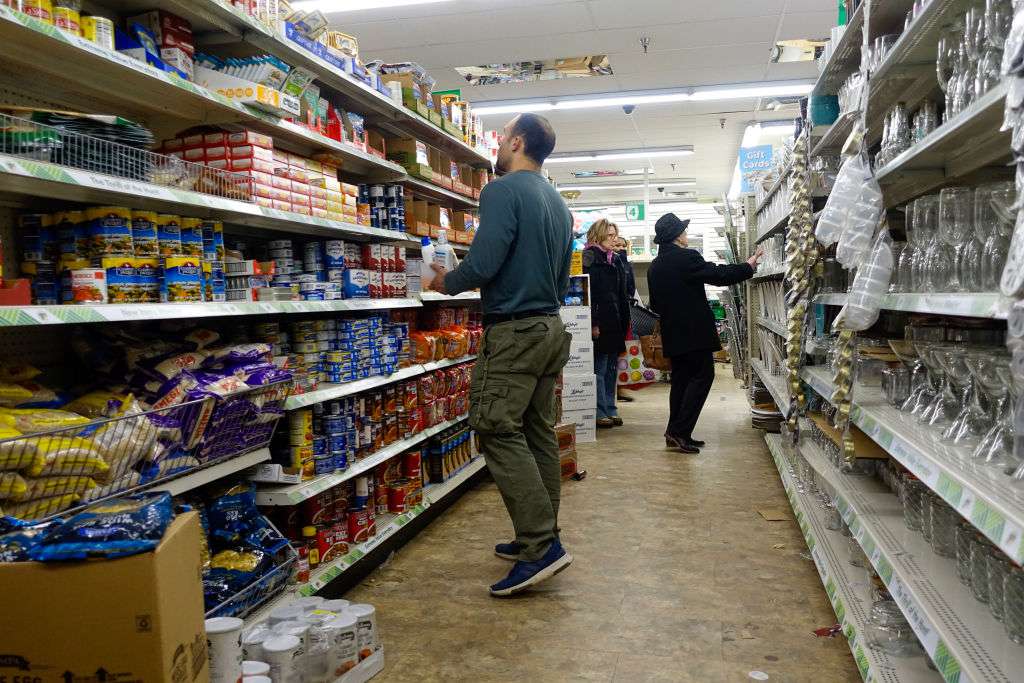Liao Pan/China News Service/VCG via Getty Images
After President Donald Trump said the baseline tariff rate could reach 15%, which economists projected could press prices higher.
As tariff agreements roll in ahead of an upcoming deadline for trade deals, consumers could soon be facing higher prices than economists had anticipated.
President Donald Trump said on Wednesday that ‘reciprocal’ tariffs could range from 15% to 50% as the U.S. continues negotiating with trading partners ahead of an Aug. 1 tariff deadline. The 15% tariff baseline exceeds the 10% minimum tariff imposed on most countries. Economists said the result would be a higher effective tariff rate for U.S. consumers that could eventually push prices higher.
Economists at Goldman Sachs considered the possibility of a 15% tariff floor on Monday. If that were to unfold, Goldman forecasted that tariffs would result in consumers and businesses pulling back on spending and slower economic growth.
“We assume that about 65% of the increase in import costs as a result of the tariffs will ultimately be passed through to U.S. consumers,” said the Goldman Sachs note from a team led by chief economist Jan Hatzius.
Before even taking into account the 15% baseline, the Yale Budget Lab projected that consumers will face an overall average effective tariff rate of 20.2%, the highest level since 1911. That number is likely to rise if 15% is the baseline.
The Yale Budget Lab said tariffs announced through Tuesday will increase prices by 2% in 2025, costing the average household $2,700. Furthermore, the report said some sectors could be hit even harder.
“The 2025 tariffs disproportionately affect clothing and textiles, with consumers facing 40% higher shoe prices and 36% higher apparel prices in the short run,” the Yale Budget Lab report showed.
Read the original article on Investopedia
